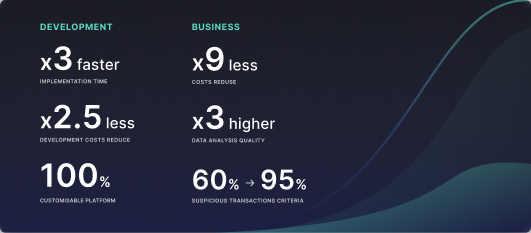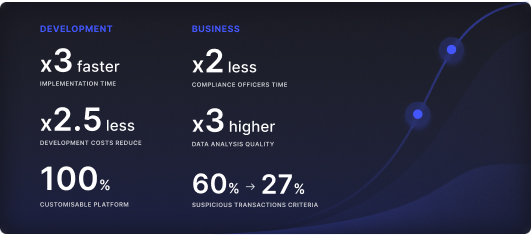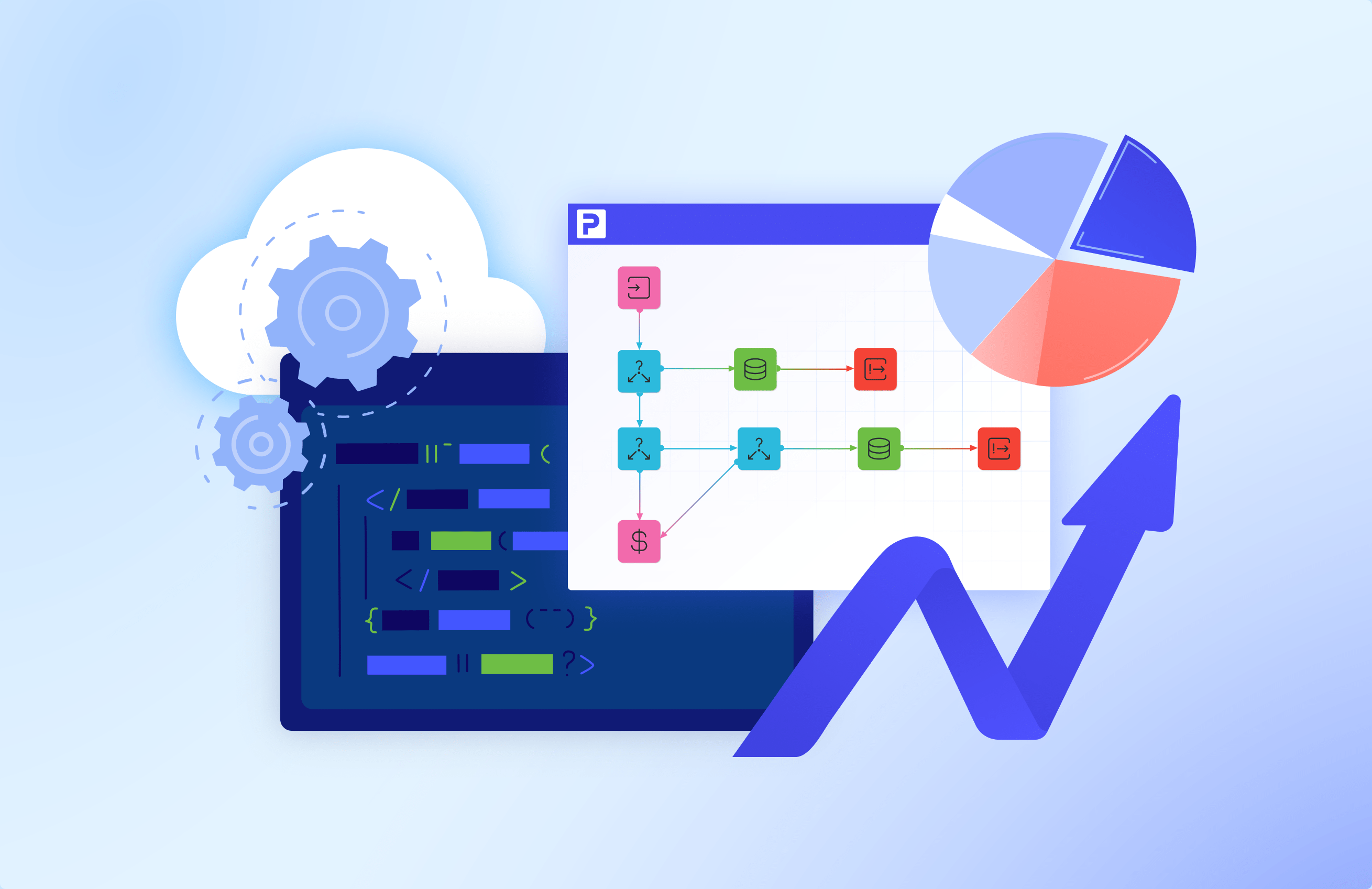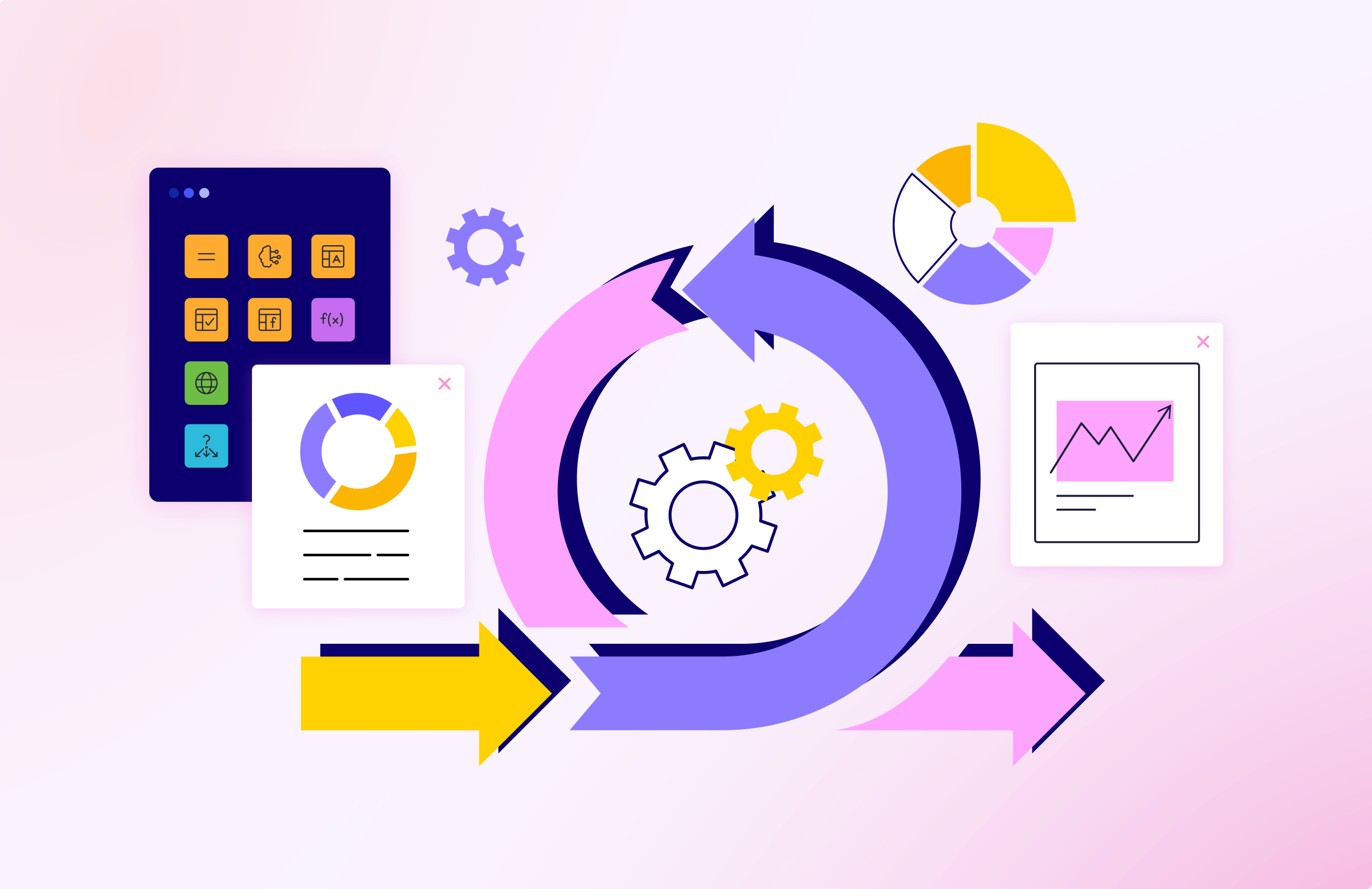Are Low-code And No-code Platforms the Next Big Thing In the IT Sector?


In the past, businesses needed to find a professional developer to create even a simple website or a mobile app. Let alone complex software and business management systems. The phrase ‘software development project’ is associated with long-term processes and huge investments.
Now, software development is getting easier. When we need to develop an application, we don’t necessarily need to think of finding teams of outsourced developers, large IT budgets, and a long development process. Research Markets predicts the low-code market to reach $182 billion by 2030. In this article, we will answer why low-code and no-code is the next big thing in the software development world.

What are low-code and no-code platforms?
Low-code and no-code platforms are software-as-a-service products that offer functionalities for robust software development. The platforms have visual development interfaces with a set of pre-made graphic code components. Each component represents a certain function of an application that users can add by dragging and dropping. With these features, low-code and no-code approaches make software development much faster and easier. We will review the features of low-code and no-code platforms that enhance software development further in this article.
The difference between low-code and no-code is revealed by the name: no-code is all about visual development while low-code additionally allows you to write code for customization. However, both approaches have a subscription-based payment model, graphic development flow, and other similarities.
Where to use low-code and no-code platforms?
There are a lot of low-code/no-code platforms for various development purposes. Some platforms specialize in front-end development, and some on the back end. Some have enough power to produce various types of applications, some only one type. Before we move on to the types of software you can build with low-code and no-code platforms, there’s one very important piece of information you should know.
Usually, no-code platforms have narrow purposes, while low-code platforms enable users to build a variety of software. Let’s take Wix and ProcessMIX as examples. Wix is a no-code website constructor that focuses on website development. Using Wix, non-developers can create websites for commercial and personal needs. ProcessMIX, on the other hand, is a low-code platform for back-end development. You can use it for simple projects having no development skills — only a short introduction to the low-code platform is necessary. At the same time, developers can create complex back-ends for automation tools, data management, AI-powered analysis, etc. In addition, the low-code platform will allow you to customize the functionalities to match your business needs better.
Here is the short list of applications you can build with low-code and no-code tools:
- Web applications;
- Data management and analysis tools;
- Mobile applications;
- Business system integration tools;
- Business process automation tools;
- Internal resources.
Low-code platforms serve businesses in every industry. Even banking and healthcare software that has sophisticated requirements can be created with low-code platforms. The use of advanced technologies like AI/ML and RPA allows low-code software to comply with the most demanding security and performance regulations (ISO27001, etc.). Low-code platforms facilitate business digital transformation in the domains of process automation, customer service, internal sources management, and service quality control.
Why low-code and no-code is the future of software development
Millions of pro developers work to make low-code platforms better. Every month more and more low-code tools that cover one or another digital transformation need are appearing on the market.
But what are the factors that allow low-code platforms to be called the future of software development? Here we mention the benefits of low-code you can experience right now.
Lower development costs
Low-code tools charge only a subscription fee for a certain user plan. The more sophisticated features are included — the more expensive the plan. Low-code/no-code platform pricing ranges from zero to several thousand US dollars per month. Yes, there are platforms that offer some of their functionalities for free. At the same time, there are demo versions and free trial periods that allow users to test a platform for project requirements.
Although low-code platforms allow you to build apps visually without coding skills, they may require some for custom low-code software development. It means that to low-code development costs you can add the salary of one to three junior/middle developers. In addition, the price of custom low-code development is much lower than traditional due to improved CI/CD processes, productivity tools, and fast integrations.
Reduced IT support
Another feature that makes low-code platforms the development tool of the future is their availability for citizen developers and non-developers. With low code, it’s not necessary to have advanced development skills and experience to build applications. Individuals and regular business employees can handle simple app development, software maintenance, and configuration. The only necessity for them is to learn the low-code development concept and follow platform-specific user guides.
Robust cloud adoption
There was a time when cloud technologies were accessible only to big businesses. Cloud migration was a costly and complex process that involved expert developers. In fact, it still may require the same resources. But low-code platforms facilitate the cloud adoption process to a certain extent.
With low-code platforms, every business has the opportunity to introduce cloud technologies into their processes. Low-code tools like ProcessMIX, Outsystems, and others allow developers to deploy applications on the cloud immediately after the testing. Moreover, users can integrate their existing systems and apps with various cloud services.
Easy legacy system modernization
Low-code and no-code applications can supplement your existing business system or even replace it. Whenever a business needs a new feature, it can be easily created and integrated with a low-code platform. Low code allows for building routine process automation tools, customer applications, client resource bases, business rules management, data analysis tools, etc.
Low-code platforms speed up the app integration process with ready-made connectors. You can integrate and deploy an app in minutes instead of weeks as it is with traditional development.
Improved system flexibility and scalability
Scaling a regular application is a tedious process that requires a lot of effort. To expand the app businesses needed to choose the right technology, plan the process, and spend thousands of dollars on the developers.
Low code changes the paradigm in regard to software scaling and modernization. Usually, all it takes to scale a low-code app is to take the existing code components and add them. Due to the code reusability, the ease of scaling stays the same for custom code parts of low-code apps too.
Additionally, low-code apps are more flexible as you can easily change app properties without coding. To make changes in the existing application, users need only access the project on the platform and change the components.
Conclusion
Low-code platforms have already facilitated digital transformation. According to IDC, 560 million applications were developed by this year. This is two times more than in the previous decades. Most of these apps were produced with the help of low-code and no-code platforms. Considering the current power of these two approaches and the pace of their expansion, it becomes obvious that low-code/no-code tools are the future of software development.
Try ProcessMIX low-code platform
As the old saying goes – a picture is worth a thousand words. That’s why, the best way to see the power of low-code development is to try it yourself. You can start with the ProcessMIX free demo version.
ProcessMIX is a back-end development low-code platform that allows businesses to build automation tools, business rules management flows, customer onboarding apps, etc. To find out more on ProcessMIX use cases, read our clients’ success stories.
 Visual Development
Visual Development Assignment of risk level and customer category within KYC processes at customer onboarding
Assignment of risk level and customer category within KYC processes at customer onboarding Cross-Sell Offer Calculation for the 12M Client Base
Cross-Sell Offer Calculation for the 12M Client Base


